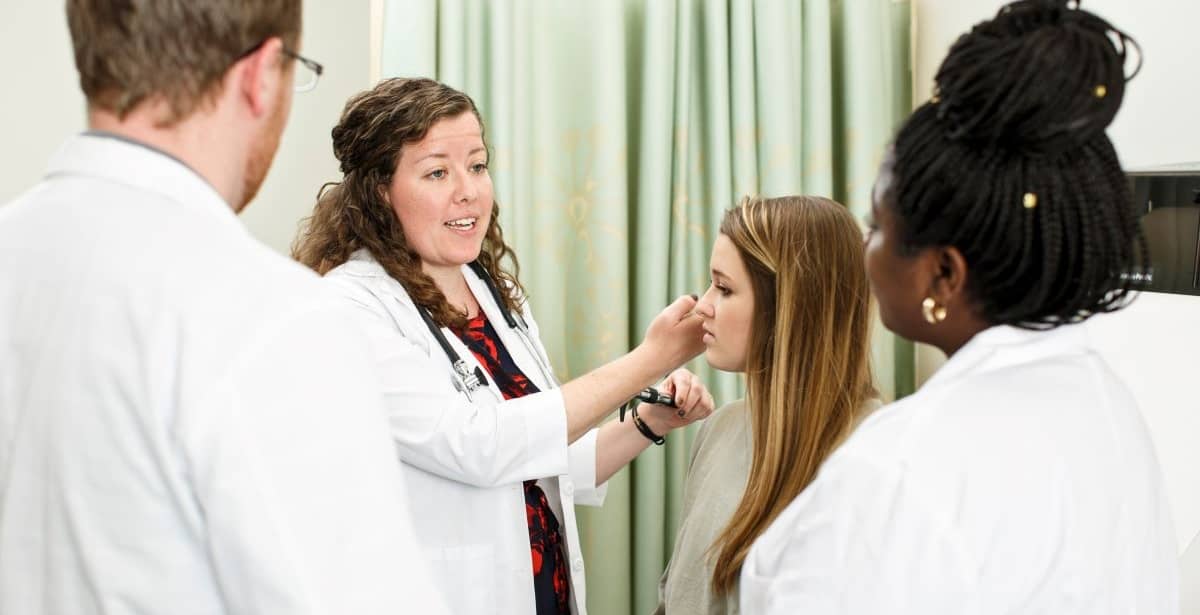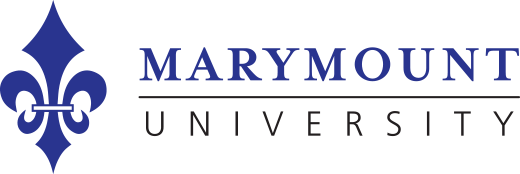Why Become a Family Nurse Practitioner? 8 FNP Benefits

Originally published October 12, 2022, and refreshed May 17, 2023.
Nurses have been the most respected professionals in the United States for over 20 years. According to a January 2023 Gallup survey, over 79% of U.S. adult respondents reported perceiving nurses as having the highest honesty and ethics ratings of all professions — higher than school teachers, judges and journalists.
Prospective nurses who want to advance their careers may wonder why to become a family nurse practitioner (FNP). There are many reasons – FNPs enjoy greater autonomy as health care professionals, more sustained impact on patient health and higher salaries.
8 Benefits of Becoming a Family Nurse Practitioner
There are many benefits to being an FNP. Becoming an FNP can be a great choice for those who are interested in providing comprehensive primary care to patients of all ages, those who want a challenging and rewarding career and those who are interested in making a positive impact on their community. Consider these eight benefits of being a family nurse practitioner.
1. Meeting the Growing Demand for Primary Care Providers
FNPs are necessary if we hope to improve levels of care across the country. The United States faces an acute shortage of primary care physicians. The Association of American Medical Colleges (AAMC) estimates a shortage of up to 124,000 physicians by 2034. Staff retirements, an aging patient population and identified health inequities have highlighted the need for more providers. FNPs make up the majority of the NP workforce (70.3%) and almost 57% of full-time NPs see three or more patients per hour according to the American Association of Nurse Practitioners (AANP). These trends mean that FNPs increasingly fill the gap in primary care roles.
2. Anticipating a Favorable Job Market
An ongoing influx of new FNPs has not yet filled all of the gaps currently present in the health care job market. The U.S. Bureau of Labor Statistics (BLS) estimates that 112,700 new nurse practitioner jobs will be added by 2031. This projection translates into a 46% growth in new roles from 2021 to 2031.
FNPs interact with patients in a variety of clinical settings. There are FNPs working in private practice, medical groups and community clinics. The BLS found the most common employers of nurse practitioners were:
- Offices of physicians
- Outpatient care centers
- General medical and surgical hospitals
- Home health care services
- Offices of other health practitioners (other than physicians)
- Psychiatric and substance misuse hospitals
3. Preparing for Patients of All Ages
The “family” component of FNP education covers ailments and health conditions in people of all ages. FNPs learn how to communicate with children and adults about improving their health. They know how to evaluate, diagnose and treat with the long-term health of each patient in mind.
The AANP identified at least one billion patient visits with nurse practitioners in a 2021 study. This volume will only increase as nurse practitioners take the lead in primary care settings.
4. Enjoying Professional Autonomy
Becoming a family nurse practitioner can mean greater independence offered by their nurse practitioner licenses. Patients can rely on FNPs for many of the same services offered by primary care physicians. Nurse practitioners possess the training to complete the following tasks:
- Performing exams
- Ordering lab work
- Writing prescriptions
- Diagnosis and treatment planning
As of January 2023, 27 states, the District of Columbia and two territories offer full-practice authority (FPA) for nurse practitioners. FPA states allow nurse practitioners to complete the tasks listed prior without physician supervision or cooperative agreements. FNPs with full-practice authority can open their own practices, which is especially valuable in underserved areas.
5. Improving Patient Outcomes
Nurse practitioner training emerged in 1965 as a means of expanding the roles of nurses in family care. In the following decades, researchers have identified positive outcomes of this trend toward advanced nursing education in supporting communities. AANP summarizes this research by stating:
“... patients under the care of NPs have fewer unnecessary hospital readmissions, fewer potentially preventable hospitalizations, higher patient satisfaction and fewer unnecessary emergency room visits than patients under the care of physicians.”
RN experience, combined with streamlined clinical training, leads to improved outcomes for patients. FNPs build on this trend with every patient interaction, test and treatment plan.
6. Working Stable Work Hours
Inpatient care facilities and emergency rooms schedule nurses around the clock to meet patient needs. Night, early morning and weekend hours can skew work-life balance and impact nurse health. Nurses across different clinical environments experience poor sleeping habits due to changing work schedules. FNPs often work standard business hours with limited on-call or after-hours requirements. This stability is ideal for experienced providers who have already spent years in unconventional or inconvenient shifts.
7. Boosting Earning Potential
RNs complete additional education, clinical experiences and licensing in order to become family nurse practitioners. The time spent on FNP training leads to intrinsic rewards, including a sense of achievement and career progress. There is also a strong financial benefit to pursuing FNP education.
The BLS reported a median salary of $77,600 per year for registered nurses in 2021. Nurse practitioners earned a median salary of $120,680 in the same year. A median salary difference of 55.5% demonstrates the tangible value of an FNP degree.
8. Achieving Career Advancement
FNPs have extensive clinical experience caring for patients and managing a wide range of health care issues. This experience provides them with a strong foundation for understanding the day-to-day operations of a health care facility and the needs of patients. So, FNPs are well-positioned to advance their careers through opportunities such as teaching, research and administrative roles.
For example, FNPs are trained to advocate for patients and their families, ensuring they receive the best possible care. This patient-centered approach is important for nurse administrators, who must balance the needs of patients with the goals of the health care organization. FNPs may also be good candidates for administrative roles within health care organizations, such as chief nursing officer or director of nursing, which offer increased responsibility and compensation.
Start Your Nursing Career at Marymount University
The entry-level option for students with non-nursing undergraduate degrees is the Online ABSN. In just 16 months, Online ABSN students complete the following requirements in preparation for RN careers:
- An on-campus residency
- Clinical placements in Virginia
- 100% online courses on topics like Research and Evidence-Based Practice
Marymount’s ABSN is accredited by the Commission on Collegiate Nursing Education (CCNE). Nursing courses at Marymount are taught by practicing APRNs who can speak with authority about the profession. The university’s stellar reputation is confirmed by top U.S. News & World Report rankings in its National Universities and Nursing categories.
If you want to become an RN, contact one of our student advisors to discuss if this program is right for you.
